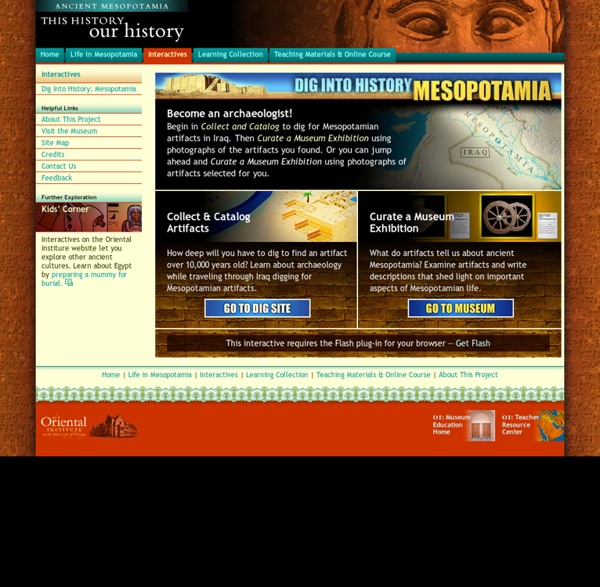



Cuneiform: 6 things you (probably) didn’t know about the world’s oldest writing system Distinguished by its wedge-shaped marks on clay tablets, cuneiform script is the oldest form of writing in the world, first appearing even earlier than Egyptian hieroglyphics Tuesday 26th May 2015 Submitted by: Emma Mason A counting of goats and rams in cuneiform script, ancient Ngirsu, Iraq, 2360 BC. Now, the curators of the world’s largest collection of cuneiform tablets – housed at the British Museum – have written a book exploring the history of cuneiform. Here, Irving Finkel and Jonathan Taylor share six lesser-known facts about cuneiform… 1) Cuneiform is not a language The cuneiform writing system is also not an alphabet, and it doesn’t have letters. The two main languages written in Cuneiform are Sumerian and Akkadian (from ancient Iraq), although more than a dozen others are recorded. 2) Cuneiform was first used in around 3,400 BC The first stage used elementary pictures that were soon also used to record sounds. 3) All you needed to write cuneiform was a reed and some clay
Dig it Up: The Vikings (link sotto l'immagine) Benvenuti - L'archeologia dei ragazzi Che cos'è l'archeologia? Se sei schizzinoso e ti dà fastidio sporcarti i vestiti, le mani e i capelli non è sicuramente il lavoro per te! L’archeologia è una scienza strana, a volte un po’ macabra, si occupa, infatti, di studiare chi viveva nel passato, come viveva, cosa faceva e ovviamente si tratta di studiare la vita di persone morte! Ma non spaventarti! Armati di coraggio e vieni a scoprire tante cose interessanti e curiose sugli archeologi! Devi ricordarti che per diventare bravi archeologi bisogna studiare e scavare molto. Un archeologo non è una talpa, non fa buchi e non vuole arrivare al centro della terra ma scava il terreno strato per strato, documentando ogni sua azione con schede, disegni, fotografie e strumentazione informatica, per raccogliere il maggior numero di informazioni possibili. E adesso tutti al lavoro, non con cazzuola e piccone, ma belli comodi e armati di mouse!!!
Les Sumériens Ce qui caractérise l'organisation politique sumérienne, c'est son organisation 'à la grecque'. En effet, tout comme beaucoup plus tard la Grèce antique, le pays de Sumer était subdivisé en zones d'influence se structurant autour de quelques villes-phares, telles que Ur, Eridu, Lagash, etc...Ainsi, la société sumérienne reflétait une organisation où les villages se concentraient autour de villes plus grandes. Ces regroupements constituaient des zones d'influence ou cités-Etats. Chacune de ces villes possédait sa propre ziggourat. Celle-ci contenait des administrations gouvernementales, ainsi qu'un temple. Ce dernier se situait au dernier étage, c'est à dire sur la plus haute plate-forme de la ziggourat.En règle générale, ces villes étaient dirigées par un conseil de sénateurs ou de soldats. A) Introduction : B) L'histoire du sumérien et de son écriture : - Les plus vieux exemples d'écriture sumérienne datent d'environ 3000av JC (fin de l'époque proto-littéraire).
Dig it Up: The Romans (link sotto l'immagine) Dirt Detective Slideshow / The Epic of Gilgamesh / Invitation to World Literature This image of Gilgamesh comes from Assyria. It shows Gilgamesh subduing a lion, a common pose for the great warrior-king. His long hair and beard also show his strength, as well as his physical perfection. David Damrosch talks about this image This image of Gilgamesh and Enkidu by modern-day artist Neil Dalrymple is inspired by ancient images of the two friends; notice Enkidu is part-animal, and smaller than the king whom he loves and serves. These ceramic relief tablets were designed and hand sculpted by Neil Dalrymple, Ceramic Sculptor, UK. The beauty and terror of the greatest of Sumerian goddesses come through in this ancient statue. Peter Willi / Getty Images Humbaba's demonic face was a popular subject for sculptors; this ancient Assyrian representation follows the usual practice of depicting the creature's face as one swirling line. The Schoyen Collection, MS 4573/1 Soft clay tablets were pierced with small, flat-edged wooden writing sticks to create cuneiform writing.
Dig it Up: The Anglo-Saxons (link sotto l'immagine) Scavi Sassonia (link sotto l'immagine)